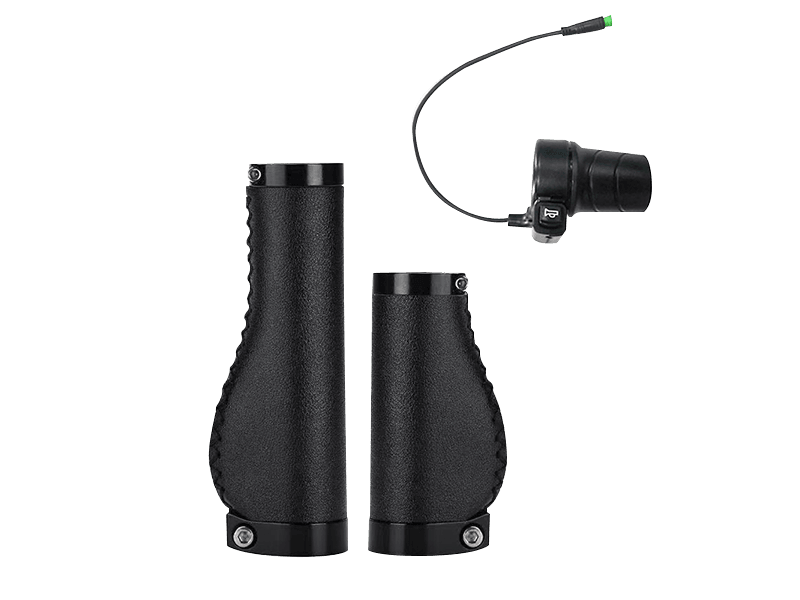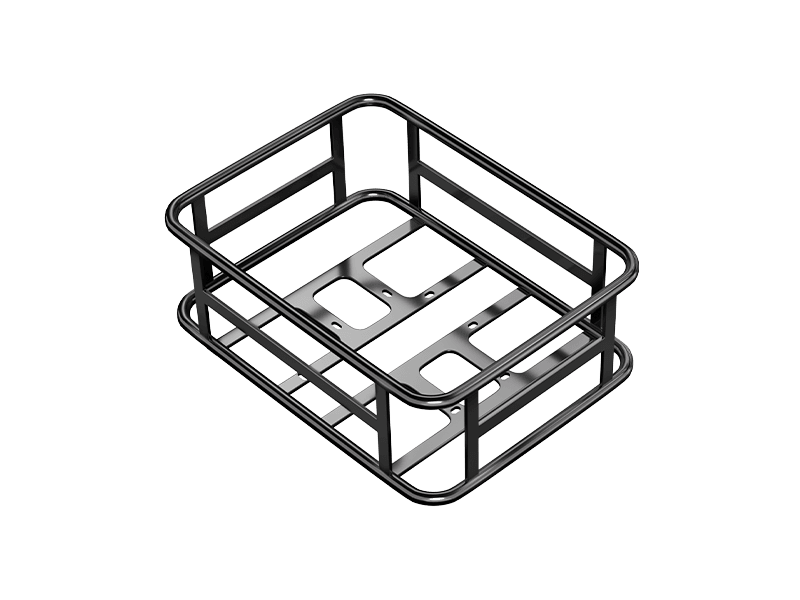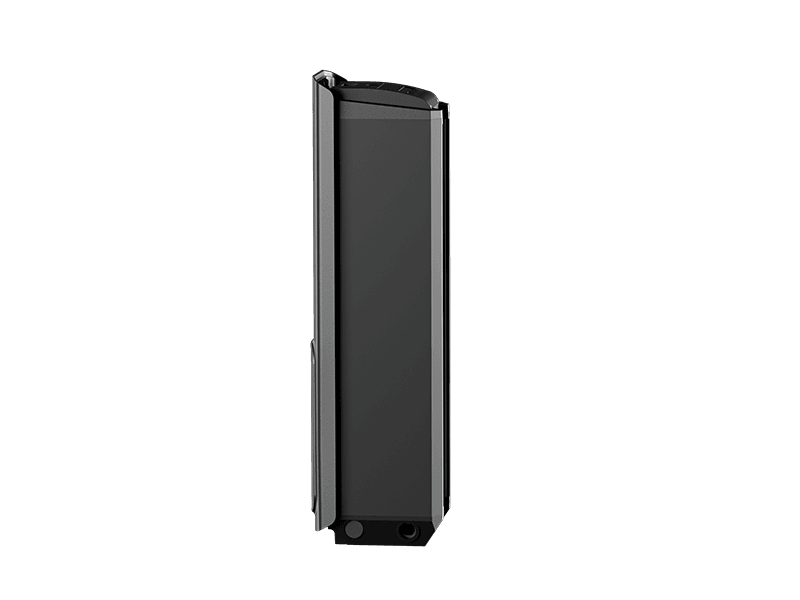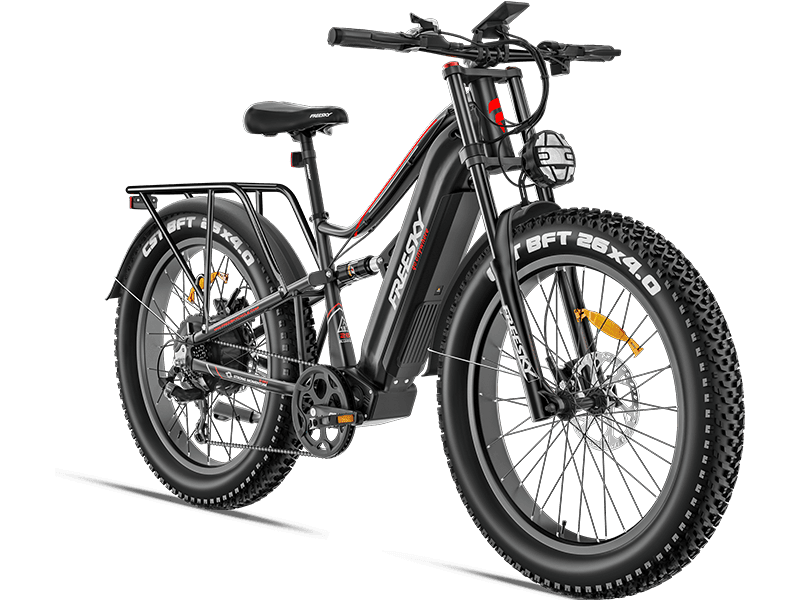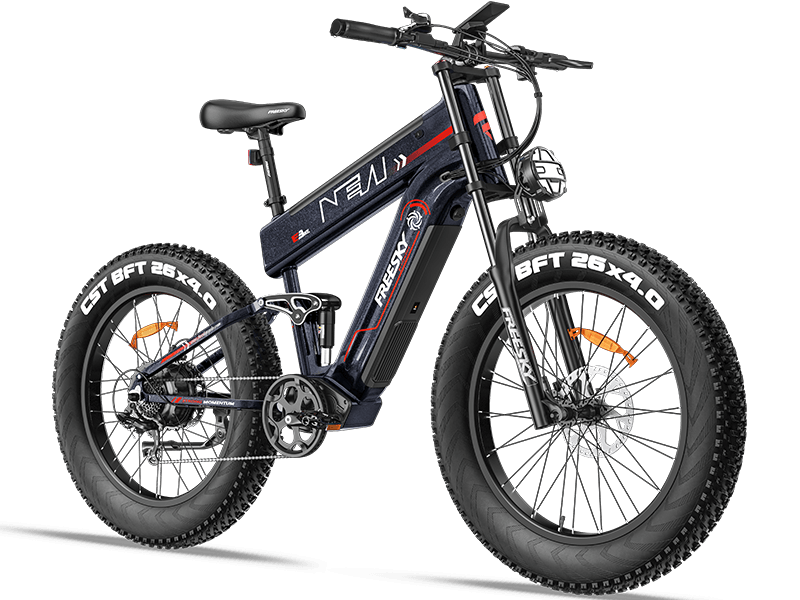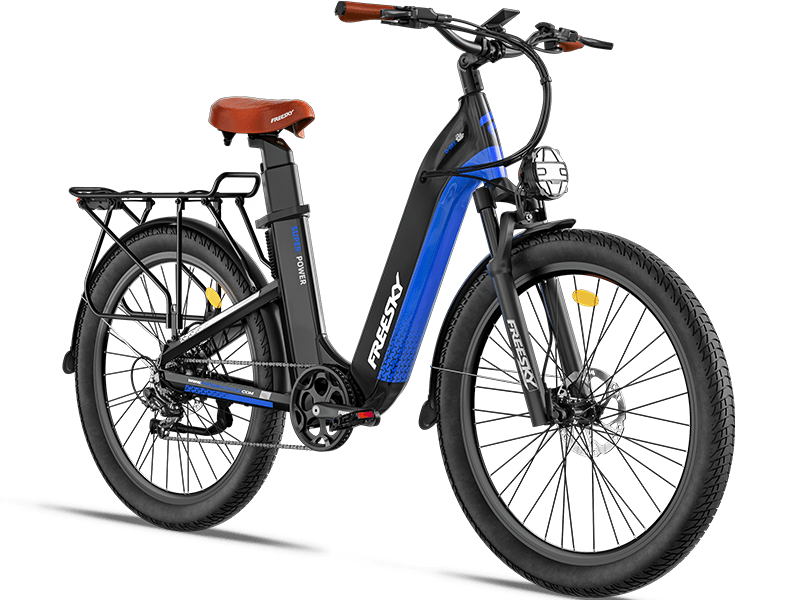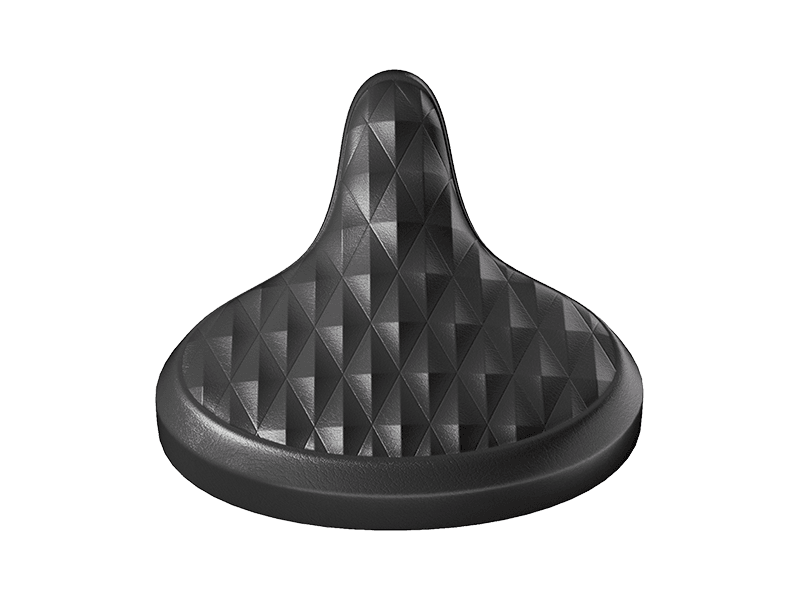Stay Safe on the Road: Decoding Bike Lane Types for Cyclists
OCT 31, 2024
Cycling is a fantastic way to stay active, enjoy the outdoors, and reduce your carbon footprint. However, navigating urban environments can be challenging, especially when it comes to understanding different types of bike lanes. Knowing how to use them safely is key to having a smooth ride. Let’s explore the various types of bike lanes you might encounter and tips for safe cycling.
1. Dedicated Bike Lanes
Dedicated bike lanes are physically separated from motor vehicle traffic, often by a curb or a barrier. These lanes offer the safest option for cyclists, as they minimize the risk of collisions with cars. When using dedicated bike lanes:
- Stay Alert: Keep an eye out for pedestrians, particularly at intersections.
- Signal Your Turns: Use hand signals to indicate your intentions to others.
2. Buffered Bike Lanes
Buffered bike lanes provide a wider lane with extra space between cyclists and motor vehicles. This buffer zone helps to increase safety and comfort for riders. To navigate buffered lanes:
- Use the Full Lane: Don’t hesitate to take up space if it feels safer, especially in heavy traffic.
- Be Mindful of Door Zones: Watch out for parked cars and the possibility of doors opening unexpectedly.
3. Shared Lane Markings (Sharrows)
Shared lane markings, or sharrows, indicate that cyclists and vehicles should share the road. These lanes are often found on streets without enough space for dedicated bike lanes. When cycling in sharrows:
- Position Yourself Correctly: Ride in the center of the lane to avoid being squeezed by cars.
- Be Defensive: Always be aware of your surroundings and be prepared to react to unpredictable traffic.
4. Cycle Tracks
Cycle tracks are bike lanes that are elevated or set apart from both traffic and sidewalks. They often have their own signals at intersections. For safe riding in cycle tracks:
- Obey Traffic Signals: Always follow the specific traffic lights for cyclists.
- Watch for Pedestrians: Be cautious at crosswalks, where pedestrians may have the right of way.
5. Multi-Use Paths
Multi-use paths are wide paths that accommodate cyclists, pedestrians, and sometimes other vehicles. These paths can be found in parks or along waterways. When using multi-use paths:
- Yield to Pedestrians: Always give priority to walkers and joggers.
- Communicate Clearly: Use your voice or a bell to alert others of your presence when passing.
Conclusion
Understanding the different types of bike lanes can enhance your cycling experience and ensure your safety on the road. Always be mindful of your surroundings, signal your intentions, and respect other road users. By being informed and cautious, you can enjoy the many benefits of cycling while contributing to a safer community for everyone.
Happy cycling!


